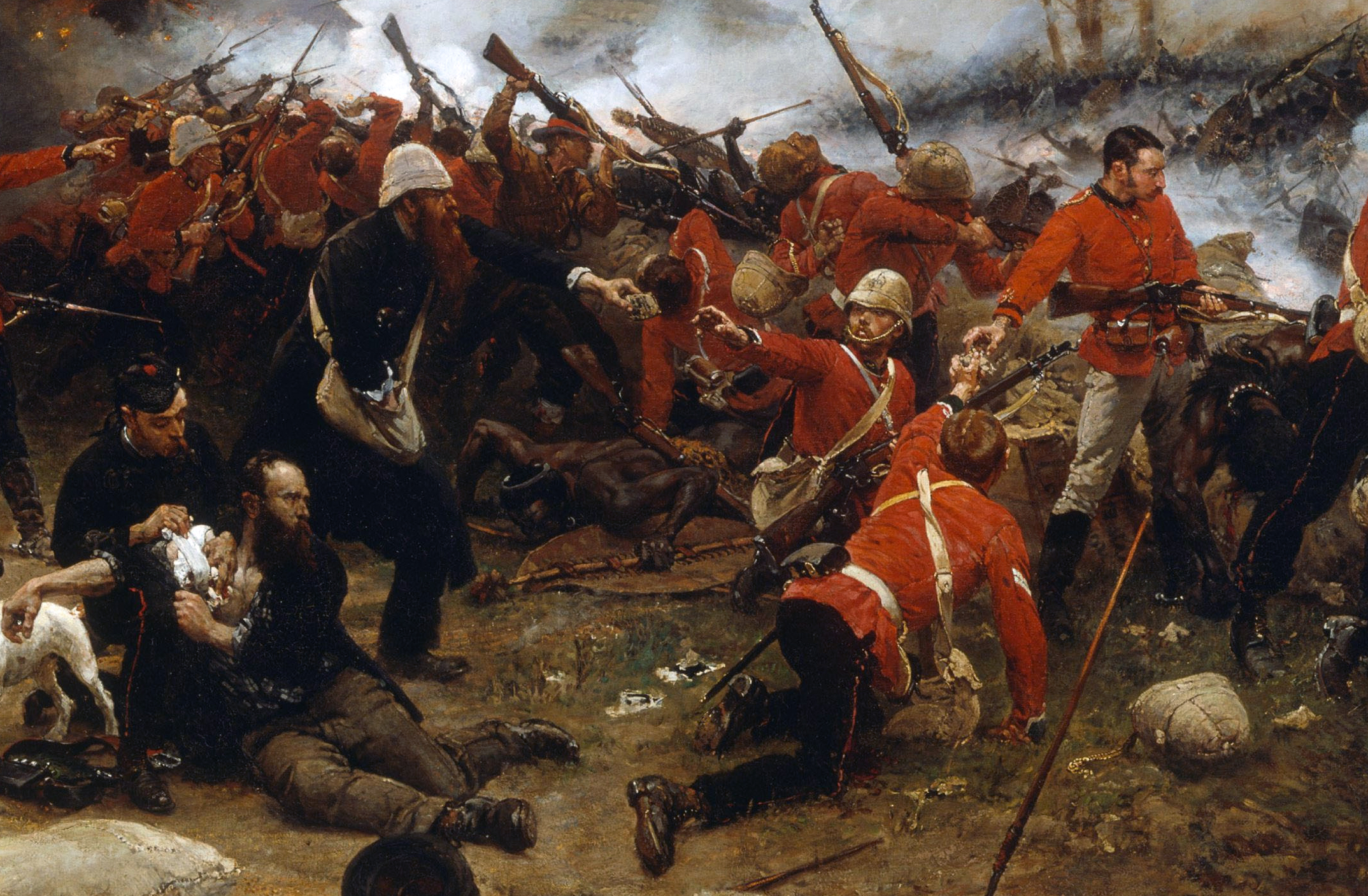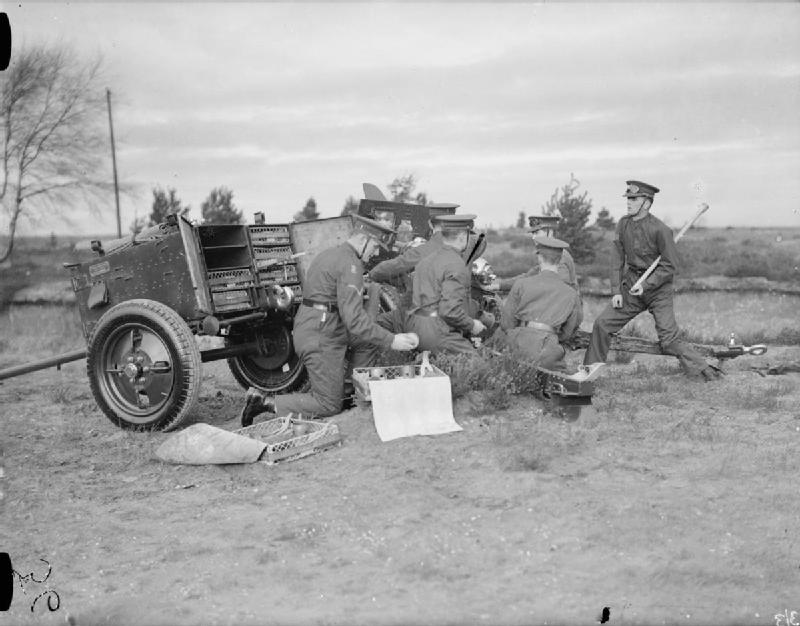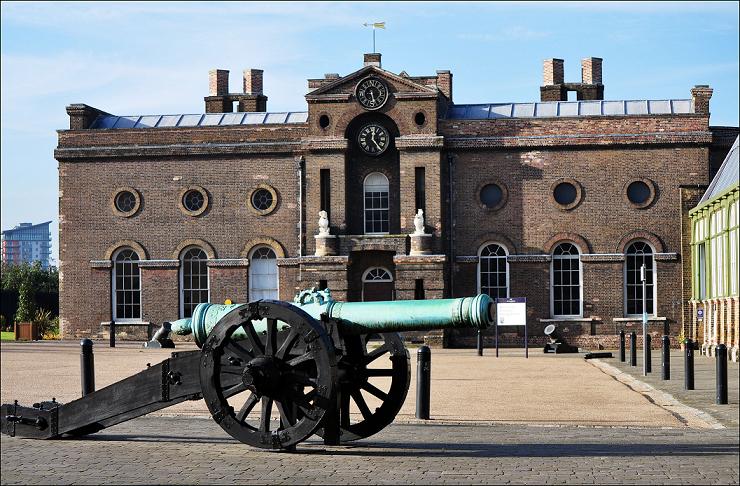|
William Rushbrooke Eden
Lieutenant Colonel and Temp. Brigadier-general William Rushbrooke Eden (1873 – 1920) was a career officer in the British Army. He received his commission in 1893 and actively served until the end of the First World War. He was also the great great grandson of Sir Robert Eden, 1st Baronet, of Maryland. Early life William was born in Bath on the 11 October 1873 the son of Major Archibald Duffield Eden and his wife Emma Louisa Jarvis, and was the second of three brothers, his older sibling being Colonel (also Brigadier General) Archibald James Fergusson Eden CMG DSO and his younger being Cecil Harold Eden. His grandfather was General William Hassell Eden of the 90th Regiment of Foot. He was educated at Haileybury College. In 1911 he was married to Marjorie Campbell, with whom he had a son Robert Archibald on the 1 August 1912 and a daughter Joan Agnes on the 27 August 1913. Military service William was commissioned from the Royal Military Academy at Woolwich as a Second Lieu ... [...More Info...] [...Related Items...] OR: [Wikipedia] [Google] [Baidu] |
Bath, Somerset
Bath () is a city in the Bath and North East Somerset unitary area in the county of Somerset, England, known for and named after its Roman-built baths. At the 2021 Census, the population was 101,557. Bath is in the valley of the River Avon, west of London and southeast of Bristol. The city became a World Heritage Site in 1987, and was later added to the transnational World Heritage Site known as the "Great Spa Towns of Europe" in 2021. Bath is also the largest city and settlement in Somerset. The city became a spa with the Latin name ' ("the waters of Sulis") 60 AD when the Romans built baths and a temple in the valley of the River Avon, although hot springs were known even before then. Bath Abbey was founded in the 7th century and became a religious centre; the building was rebuilt in the 12th and 16th centuries. In the 17th century, claims were made for the curative properties of water from the springs, and Bath became popular as a spa town in the Georgian era. ... [...More Info...] [...Related Items...] OR: [Wikipedia] [Google] [Baidu] |
WR Eden, 9
WR may refer to: Arts and media * '' W.R.: Mysteries of the Organism'', a Serbian film, * Wikipedia Review, an Internet forum for the discussion of Wikimedia projects, particularly the English Wikipedia. * Willie Revillame, a Philippine TV host * Wiltshire Radio, original name of Heart Wiltshire, an English radio station Businesses and organizations * WR, IATA airline designator for WestJet Encore * Welter Racing, a French sports car maker * Western Railway zone, India Places * WR postcode area, England * WR Draw, a bridge over the Passaic River, in New Jersey, US Science and technology * Band 3, a protein (HGNC code WR) * Wasserman reaction is an antibody test for syphilis, based on complement-fixation * Wolf-Rayet galaxy, a galaxy which contains large numbers of Wolf-Rayet stars * Wreath product, a concept from group theory Sport * Wide receiver, a position in American football * World record, the best result ever in for example a sport using measurement * World ... [...More Info...] [...Related Items...] OR: [Wikipedia] [Google] [Baidu] |
Redvers Buller
General Sir Redvers Henry Buller, (7 December 1839 – 2 June 1908) was a British Army officer and a recipient of the Victoria Cross, the highest award for gallantry in the face of the enemy that can be awarded to British and Commonwealth forces. He served as Commander-in-Chief of British Forces in South Africa during the early months of the Second Boer War and subsequently commanded the army in Natal until his return to England in November 1900. Origins Buller was the second son and eventual heir of James Wentworth Buller (1798–1865), MP for Exeter, by his wife Charlotte Juliana Jane Howard-Molyneux-Howard (d.1855), third daughter of Lord Henry Thomas Howard-Molyneux-Howard, Deputy Earl Marshal and younger brother of Bernard Howard, 12th Duke of Norfolk. Redvers Buller was born on 7 December 1839 at the family estate of Downes, near Crediton in Devon, inherited by his great-grandfather James Buller (1740–1772) from his mother Elizabeth Gould, the wife of James Buller ... [...More Info...] [...Related Items...] OR: [Wikipedia] [Google] [Baidu] |
Lydenburg
Lydenburg, officially known as Mashishing, is a town in Thaba Chweu Local Municipality, on the Mpumalanga highveld, South Africa. It is situated on the Sterkspruit/Dorps River tributary of the Lepelle River at the summit of the Long Tom Pass. It has a long, rich history, ranging from AD 500 to the present. The name is derived from the Dutch ''Lijdenburg'', or "Town of Suffering", and is named for the experiences of the white settlers. In Northern Sotho, Mashishing means "long green grass." Lydenburg has become the centre of the South African fly-fishing industry and is an agricultural, tourism and mining hub. History Lydenburg Heads Dating back to AD 500, the earliest known forms of African Iron Age sculpture below the equator, known as the Lydenburg heads were found in the area. The seven earthenware sculptures of heads and other pottery from the site are intricately decorated and may have been used for ceremonial or initiation purposes. However, this is speculative as there ... [...More Info...] [...Related Items...] OR: [Wikipedia] [Google] [Baidu] |
Belfast, Mpumalanga
Belfast (also known as eMakhazeni) is a small town in Mpumalanga Province, South Africa. It is situated in the eMakhazeni Local Municipality in the Nkangala District Municipality. The town is renowned for its excellent trout fishing conditions. Sheep and dairy farming take place here as well as maize, potatoes and timber are produced. Coal and a black granite are mined around Belfast. Around 6 million tulip bulbs are produced here annually for export; the flowers are discarded. Belfast is 2,025 m above sea level and one of the coldest and highest towns in South Africa. Etymology The town was named after Richard Charles O'Neill from Belfast, Northern Ireland, who owned the farm on which the town was built. History Anglo-Boer War During the Anglo-Boer War several battles and skirmishes took place in and around the town. The Battle of Leliefontein took place 30 km south of here at the Komati river, an engagement for which several Victoria Crosses were awarded to Can ... [...More Info...] [...Related Items...] OR: [Wikipedia] [Google] [Baidu] |
Transvaal (province)
The Province of the Transvaal ( af, Provinsie van Transvaal), commonly referred to as the Transvaal (; ), was a province of South Africa from 1910 until 1994, when a new constitution subdivided it following the end of apartheid. The name "Transvaal" refers to the province's geographical location to the north of the Vaal River. Its capital was Pretoria, which was also the country's executive capital. History In 1910, four British colonies united to form the Union of South Africa. The Transvaal Colony, which had been formed out of the bulk of the old South African Republic after the Second Boer War, became the Transvaal Province in the new union. Half a century later, in 1961, the union ceased to be part of the Commonwealth of Nations and became the Republic of South Africa. The PWV (Pretoria-Witwatersrand-Vereeniging) conurbation in the Transvaal, centred on Pretoria and Johannesburg, became South Africa's economic powerhouse, a position it still holds today as Gauteng Province ... [...More Info...] [...Related Items...] OR: [Wikipedia] [Google] [Baidu] |
Laing's Nek
Laing's Nek, or Lang's Nek is a pass through the Drakensberg mountain range, South Africa, immediately north of Majuba, at at an elevation of 5400 to . It is the lowest part of a ridge which slopes from Majuba to the Buffalo River, and before the opening of the railway in 1891 the road over the nek was the main artery of communication between Durban and Pretoria. The railway crosses the pass via a . long tunnel. History There are two possible explanations for its name. It could be named after Henry Laing, owner of a farm at is foot or William Timothy Lang who bought a farm in 1874 at its base. When the Boers rose in revolt in December 1880 they occupied Laing's Nek to oppose the entry of British reinforcements into the Transvaal. On 28 January 1881 a small British force endeavoured to drive the Boers from the pass, but was forced to retire after the Battle of Laing's Nek The Battle of Laing's Nek was a major battle fought at Laing's Nek during the First Boer War on 28 Januar ... [...More Info...] [...Related Items...] OR: [Wikipedia] [Google] [Baidu] |
Colony Of Natal
The Colony of Natal was a British colony in south-eastern Africa. It was proclaimed a British colony on 4 May 1843 after the British government had annexed the Boer Republic of Natalia, and on 31 May 1910 combined with three other colonies to form the Union of South Africa, as one of its provinces. It is now the KwaZulu-Natal province of South Africa. It was originally only about half the size of the present province, with the north-eastern boundaries being formed by the Tugela and Buffalo rivers beyond which lay the independent Kingdom of Zululand (''kwaZulu'' in the Zulu language). Fierce conflict with the Zulu population led to the evacuation of Durban, and eventually, the Boers accepted British annexation in 1844 under military pressure. A British governor was appointed to the region and many settlers emigrated from Europe and the Cape Colony. The British established a sugar cane industry in the 1860s. Farm owners had a difficult time attracting Zulu labourers to wor ... [...More Info...] [...Related Items...] OR: [Wikipedia] [Google] [Baidu] |
Royal Horse Artillery
The Royal Horse Artillery (RHA) was formed in 1793 as a distinct arm of the Royal Regiment of Artillery (commonly termed Royal Artillery) to provide horse artillery support to the cavalry units of the British Army. (Although the cavalry link remained part of its defining character, as early as the Battle of Waterloo the RHA was sometimes deployed more along the lines of conventional field artillery, fighting from comparatively fixed positions). The Royal Horse Artillery, currently consists of three regiments, ( 1 RHA, 3 RHA and 7 RHA) and one ceremonial unit (King's Troop, Royal Horse Artillery). Almost all the batteries of the Royal Horse Artillery have served continuously since the French Revolutionary Wars or Napoleonic Wars, except the King's Troop, created in 1946, and M Battery which was 'reanimated' in 1993. Horses are still in service for ceremonial purposes but were phased out from operational deployment in the 1930s. History In 1793, in the course of the French ... [...More Info...] [...Related Items...] OR: [Wikipedia] [Google] [Baidu] |
A Battery (The Chestnut Troop) Royal Horse Artillery
A Battery (The Chestnut Troop) Royal Horse Artillery is the senior Battery in the British Army's Royal Artillery and is part of 1st Regiment Royal Horse Artillery. The Chestnut Troop is currently based in Assaye Barracks in Tidworth Camp. The unit is currently equipped as a Close Support Artillery Battery, with the AS-90 Self-propelled gun. History Formation and early years A Troop, Royal Horse Artillery was raised as The Chestnut Troop at Woolwich on 1 February 1793. In 1798 the troop saw action in the Irish Rebellion and in 1799 it fought in the Netherlands. In 1806, Hew Dalrymple Ross assumed command of the unit which he led during campaigns in Spain, Portugal, France and at Waterloo. Ross was later knighted and promoted to field marshal. After 1809, it fought in the Peninsula War. Between 1855 and 1856 it fought in the Crimean War. World War I The outbreak of the First World War saw the unit, now enlarged to a battery, deployed to France in 1914. It served during all four ... [...More Info...] [...Related Items...] OR: [Wikipedia] [Google] [Baidu] |
Royal Military Academy, Woolwich
The Royal Military Academy (RMA) at Woolwich, in south-east London, was a British Army military academy for the training of commissioned officers of the Royal Artillery and Royal Engineers. It later also trained officers of the Royal Corps of Signals and other technical corps. RMA Woolwich was commonly known as "The Shop" because its first building was a converted workshop of the Woolwich Arsenal. History Origins in the Royal Arsenal An attempt had been made by the Board of Ordnance in 1720 to set up an academy within its Arsenal (then known as the Warren) to provide training and education for prospective officers of its new Regiment of Artillery and Corps of Engineers (both of which had been established there in 1716). A new building was being constructed in readiness for the Academy and funds had been secured, seemingly, through investment in the South Sea Company; but the latter's collapse led to plans for the Academy being placed on hold. After this false start, the acade ... [...More Info...] [...Related Items...] OR: [Wikipedia] [Google] [Baidu] |
Haileybury And Imperial Service College
Haileybury is a public school (English independent day and boarding school) near Hertford in England. It is a member of the Rugby Group and, though originally a major boys' public school in the Victorian era, it is now co-educational, enrolling pupils at 11+, 13+ and 16+ stages of education. Over 880 pupils attend Haileybury, of whom more than 550 board. History The previous institution at Haileybury was the East India College (EIC), the training establishment founded in 1806 for administrators of the Honourable East India Company. The EIC was initially based at Hertford Castle, but substantial grounds in Hertford Heath were acquired for future development. William Wilkins, the architect of Downing College, Cambridge, and the National Gallery in London, was appointed principal architect. The buildings compose four ranges which enclose an area known as Quad, the second-largest academic quadrangle in Britain after Christ Church, Oxford. In the wake of the Indian Rebel ... [...More Info...] [...Related Items...] OR: [Wikipedia] [Google] [Baidu] |







